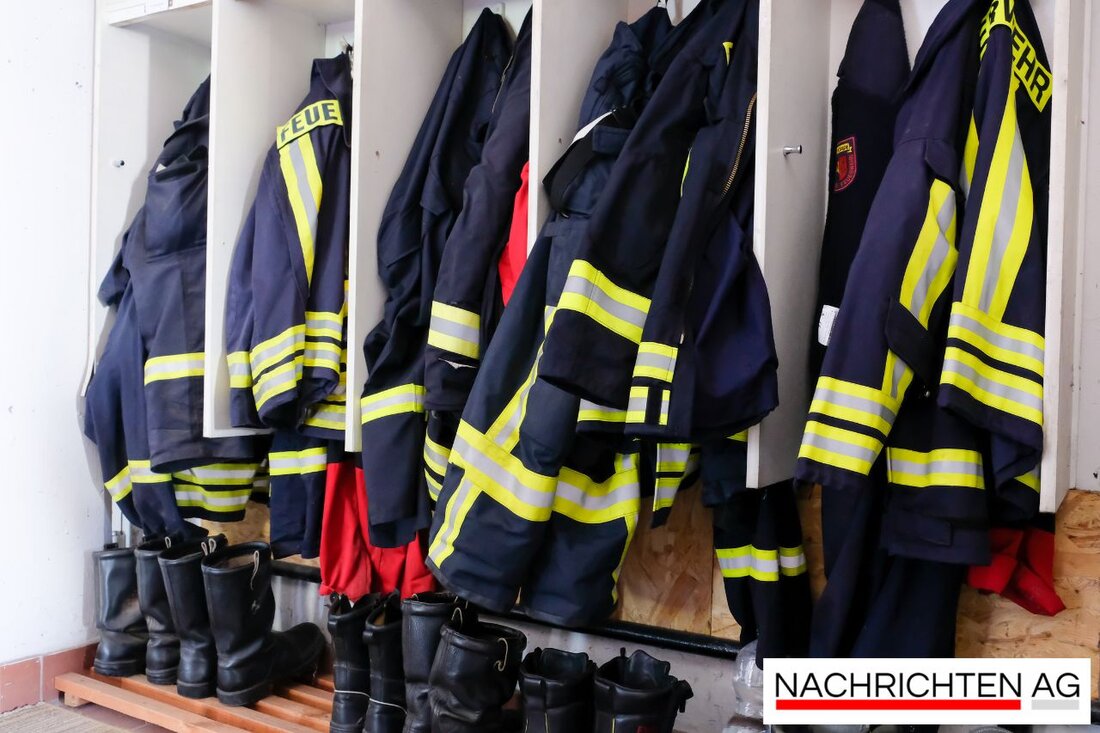Flood album on the Baltic Sea: Current water levels and warnings!

Flood album on the Baltic Sea: Current water levels and warnings!
Greifswald, Deutschland - The coast of Mecklenburg-Western Pomerania is currently showing itself in a worrying state of flood. On July 2, 2025, the measuring stations in Wismar, Warnemünde, Althagen, Barth, Stralsund, Sassnitz and Greifswald report worrying levels. While the middle flood (MHW) for Warnemünde is 617 cm on average, there was a record of 770 cm in the past, which was measured on November 13, 1872. In contrast, the lowest values should not be underestimated; 332 cm were registered on October 18, 1967, and that makes residents and tourists think about how vulnerable the region is. The Ostsee-Zeitung reported that warnings of floods such as Flood centers, the police or the fire brigade are pronounced to inform the population in good time.
And what remains of the youngest storm surges? In October last year, a strong storm surge caused damage of 56 million euros. The city of Sassnitz in particular has to deal with a financial requirement of around 42 million euros to restore the tourist infrastructure and the port protection facilities. The renewal of the beach area, whose sand losses are estimated at around 6 million euros, is also urgently required. So floods not only have an impact on nature, but also far -reaching economic consequences for residents and companies.
flooding and risk management
But what about flood risk management? This is where the flood hazard cards come into play. These cards show the potential extent of floods and the water depth. They also provide information about possible damage and affected people. The [Lung MV] (https://www.lung.mv-gregation.de/fachinformations/wasser/hochwasser-disika-Risagemen Directive/hochwassergäfahren-und-hochwasser-Risikokarten/) emphasizes that the danger cards offer important information for protected areas, such as drinking water protection areas and UNESCO World Heritals. New is the presentation of areas protected by technical flood protection systems that play an important role in flood risk.
A review of these cards is due, namely until December 22, 2025. Often there are also residential areas that are classified as endangered, but are nevertheless approved for reconstruction. This shows how urgently the question of a safe building policy is in risky zones. The Statista underlines that almost 400,000 people in Germany could be threatened by the flood in the coming years, especially along the Rhine and its tributaries. It is also shocking that over 30 percent of German flowing waters have been significantly changed, which increases the risk of flooding.
A look into the future
What's next? Climate change significantly influences the flood situation. A warmer atmosphere can store more water, which means that intensive precipitation and more common heavy rain events are expected. In order to minimize damage in the future, a consistent expansion of flood protection is essential. The need for natural retention rooms is becoming more and more obvious. Nature has to get more space again to buff out excessive amounts of water and protect the infrastructure.
The challenges are great, but it is due to society to actively shape the change. Planning and consciousness are required - there is something! In any case: keep your eyes open and remain informed about the dangerous situations that take place along the coastline. Only together can we make sure that our living space will remain worth living in the future.
| Details | |
|---|---|
| Ort | Greifswald, Deutschland |
| Quellen | |
